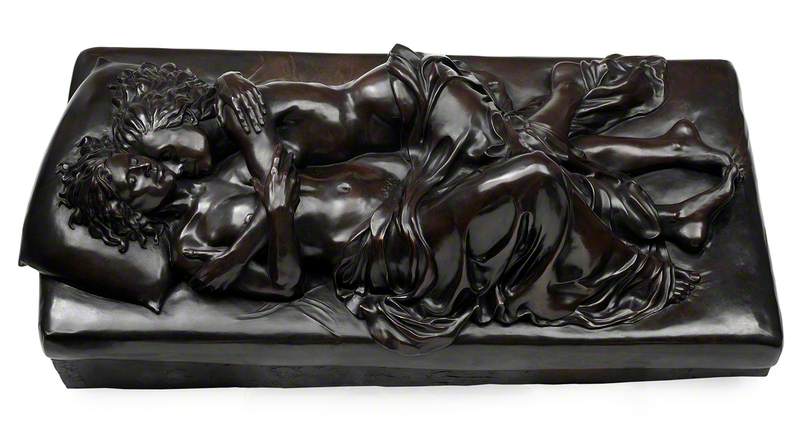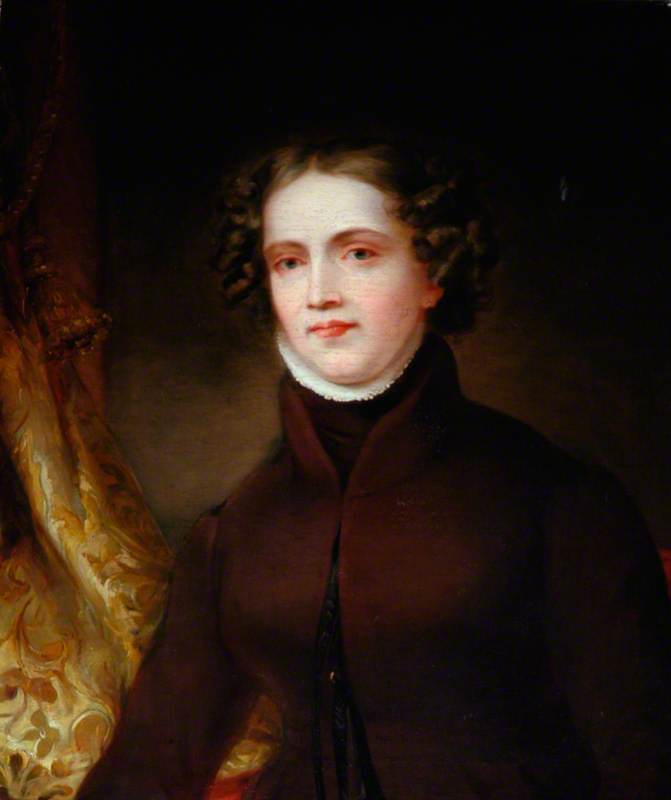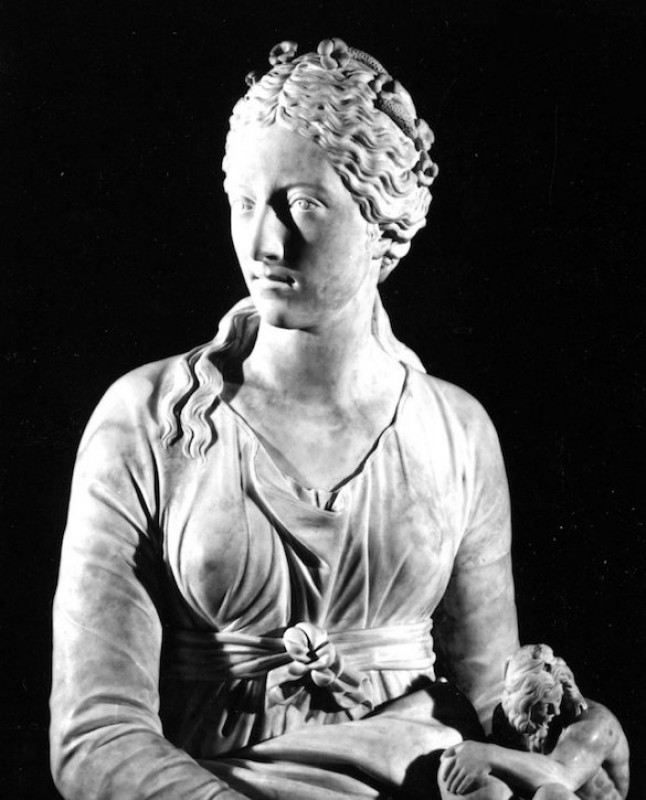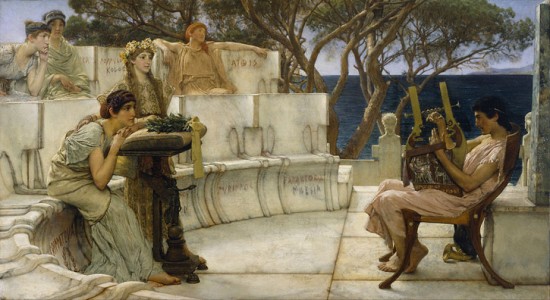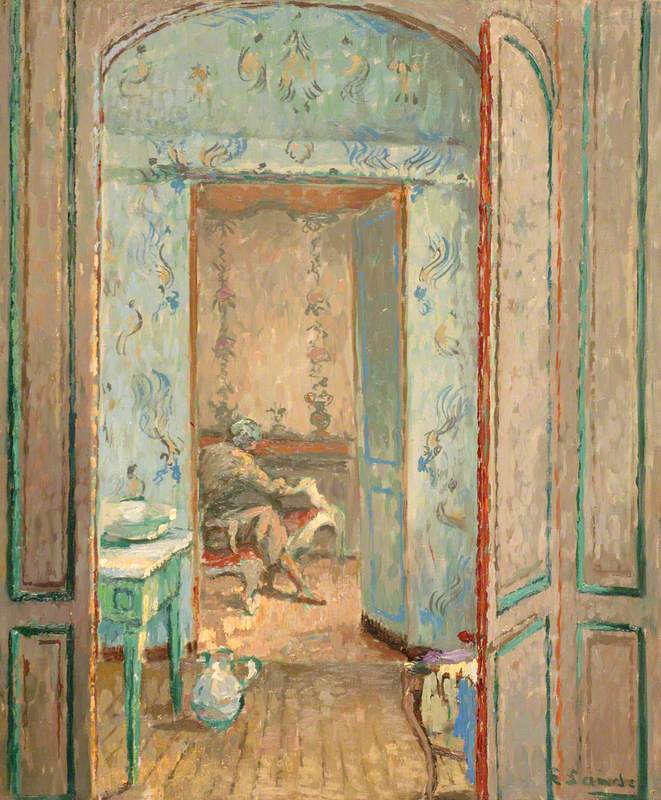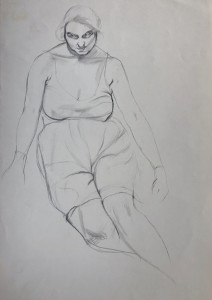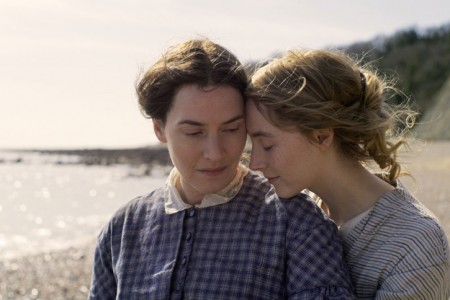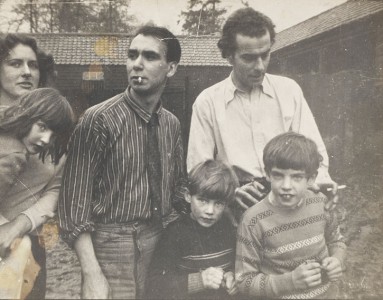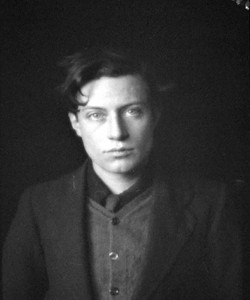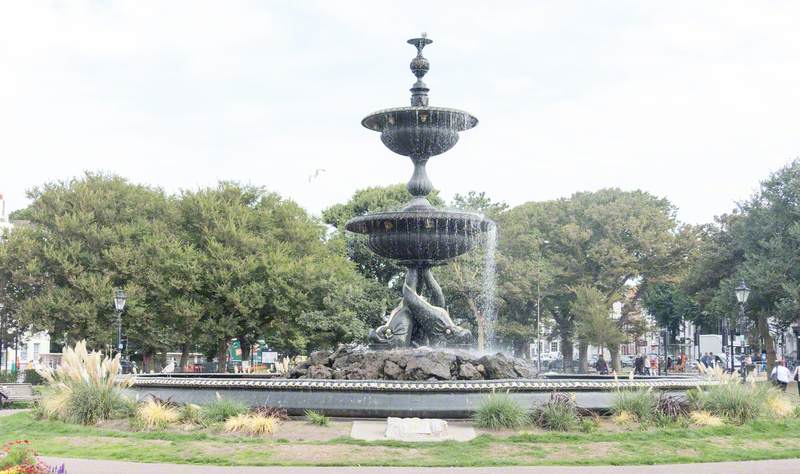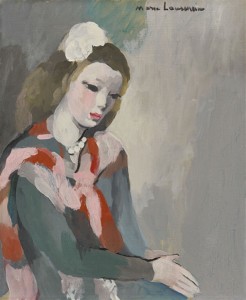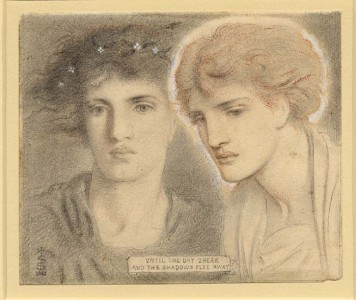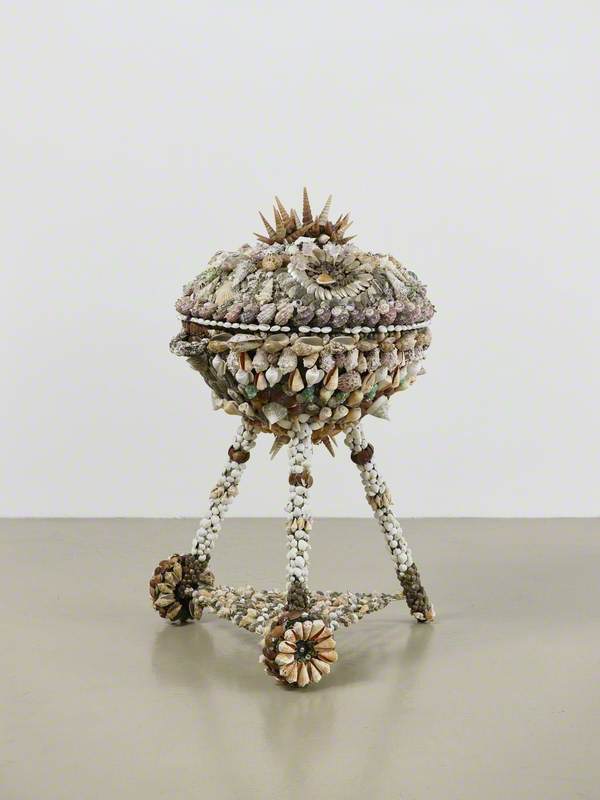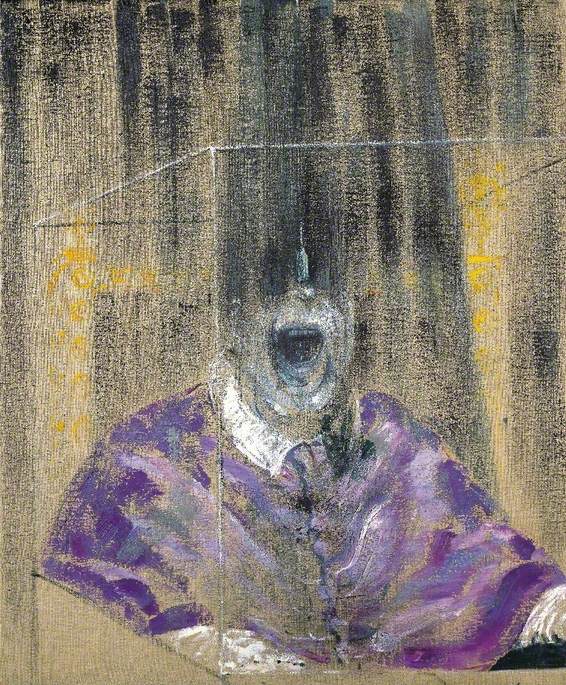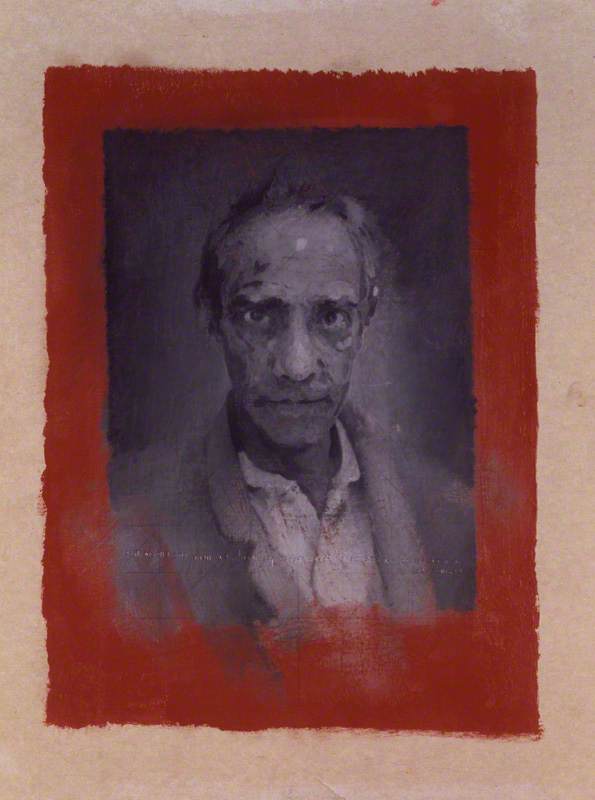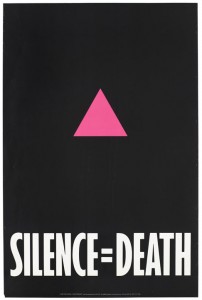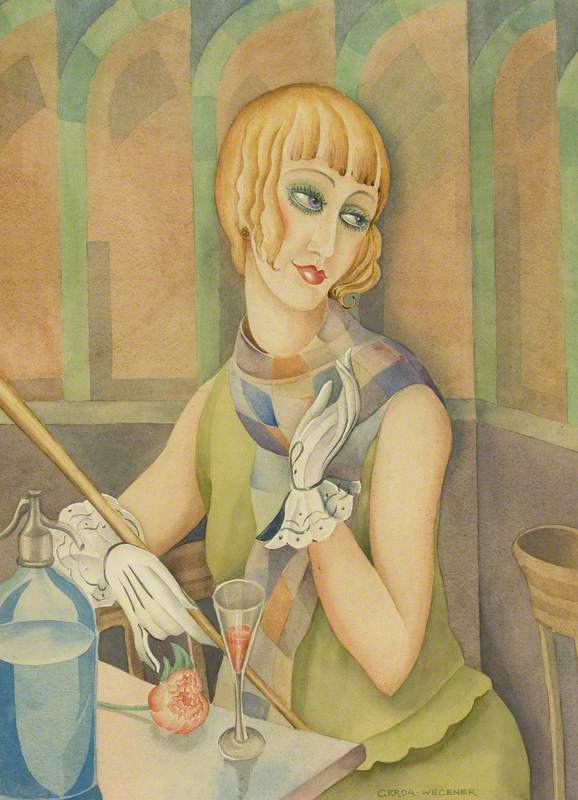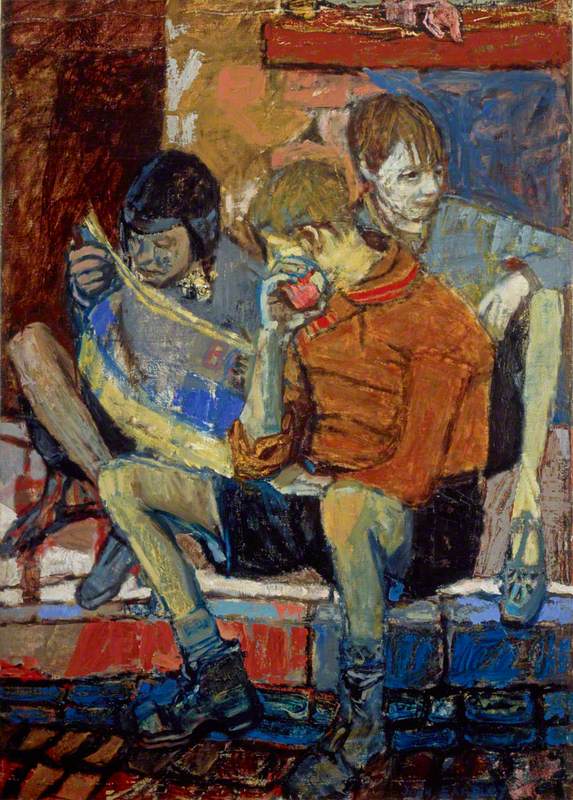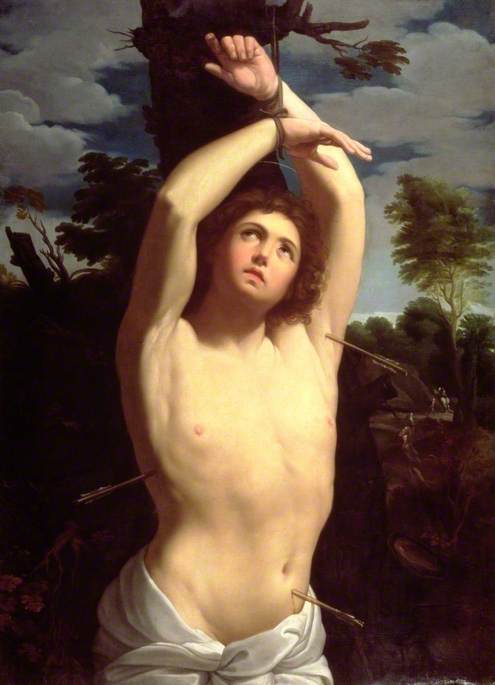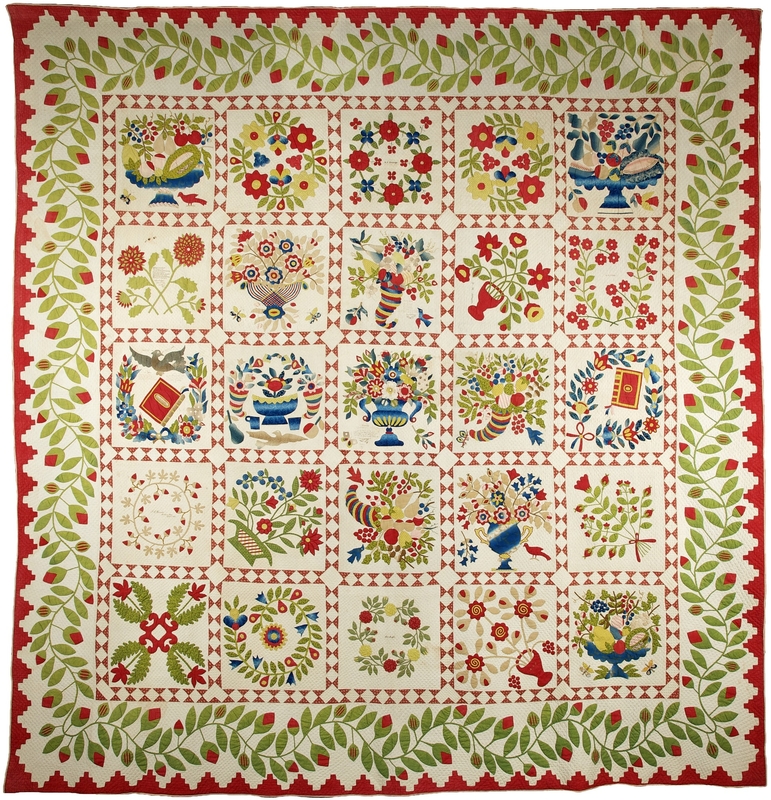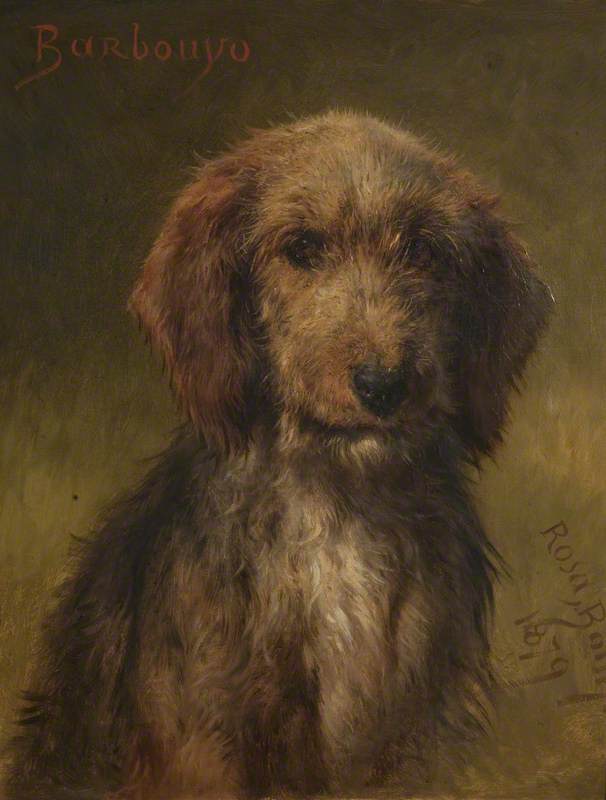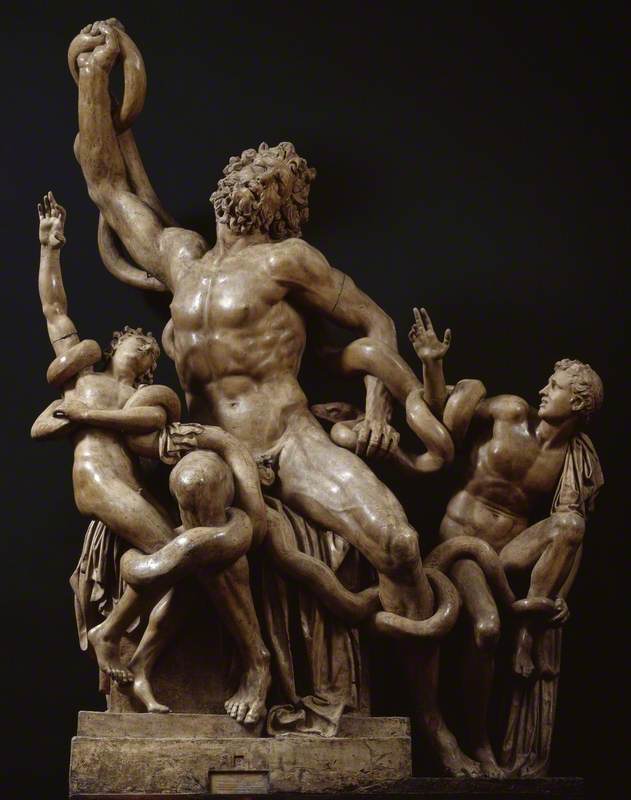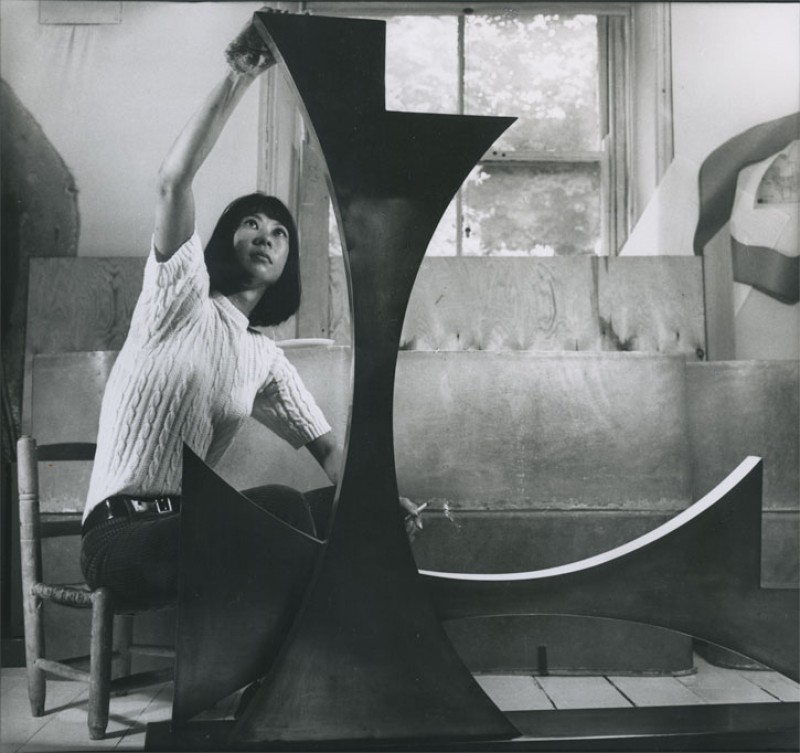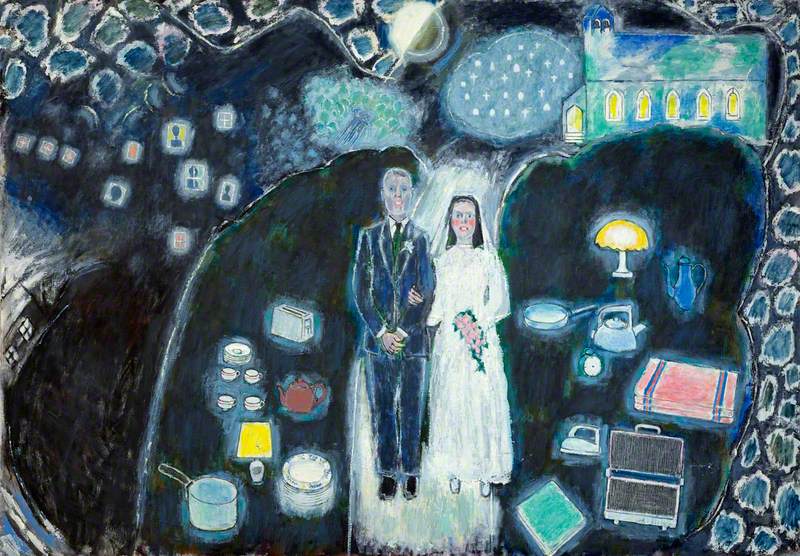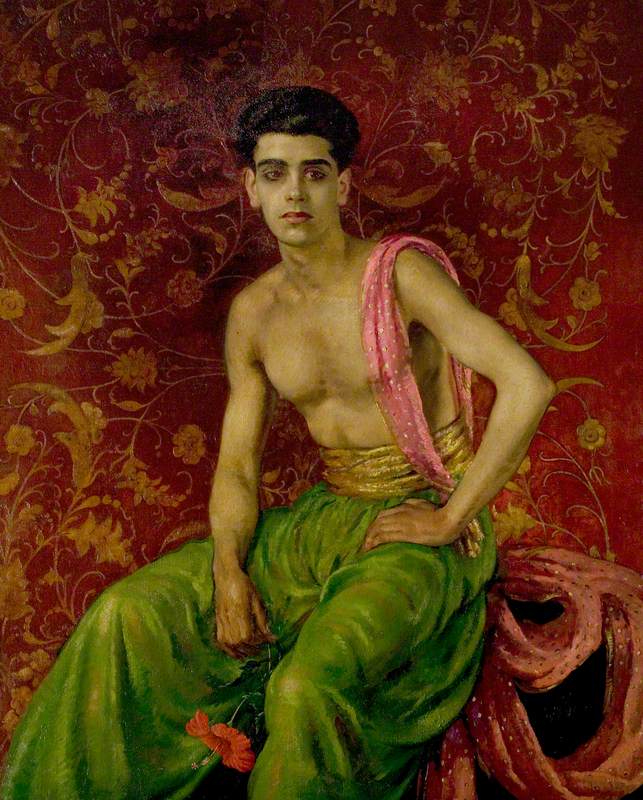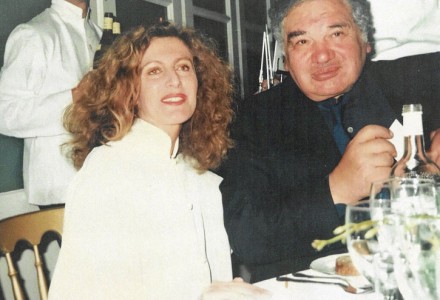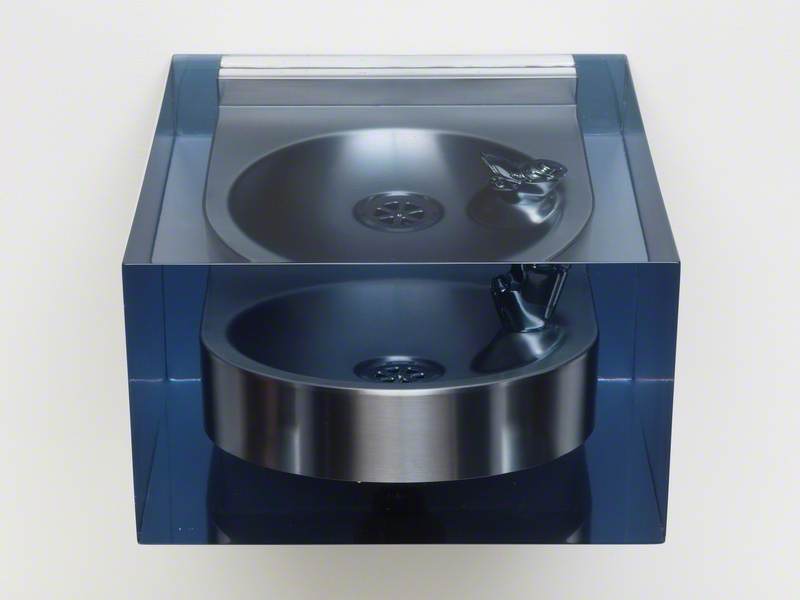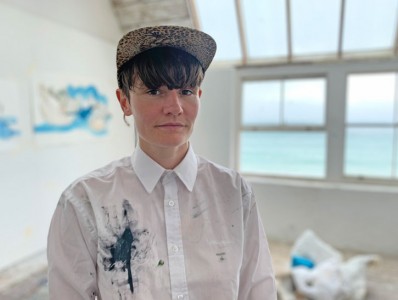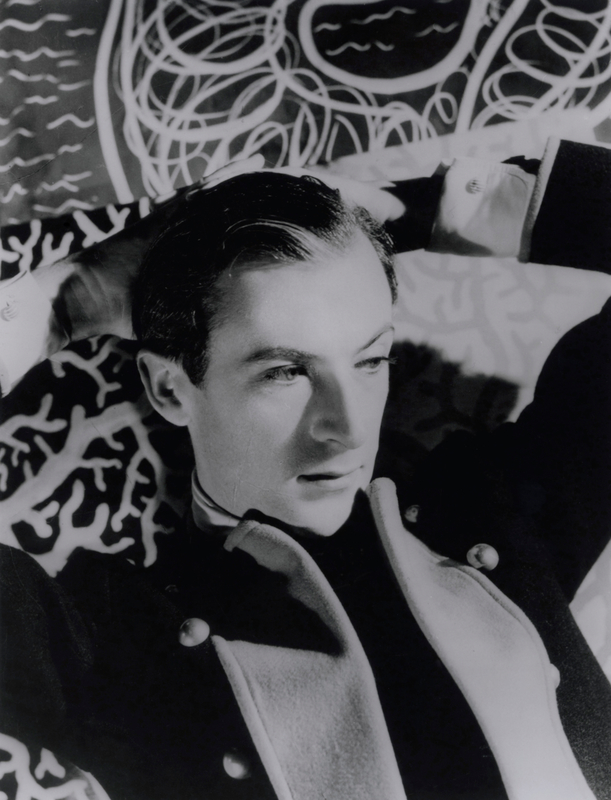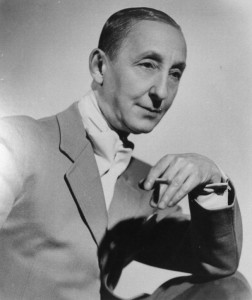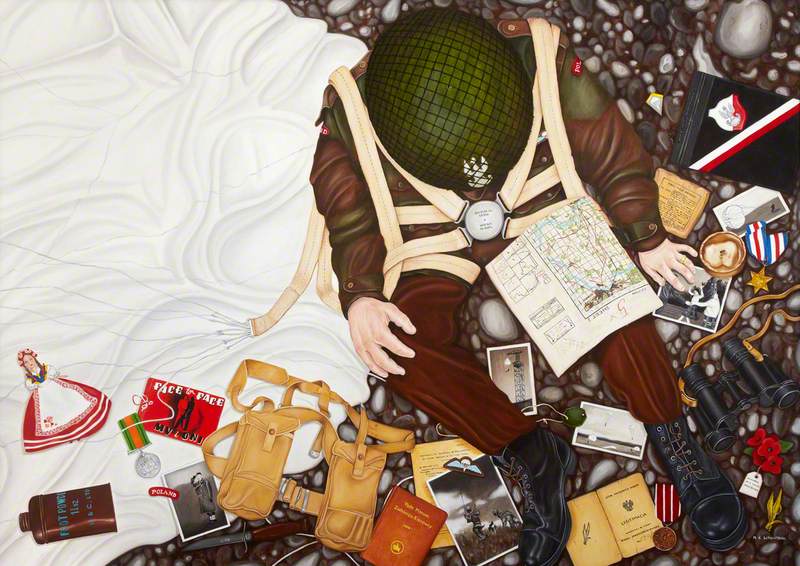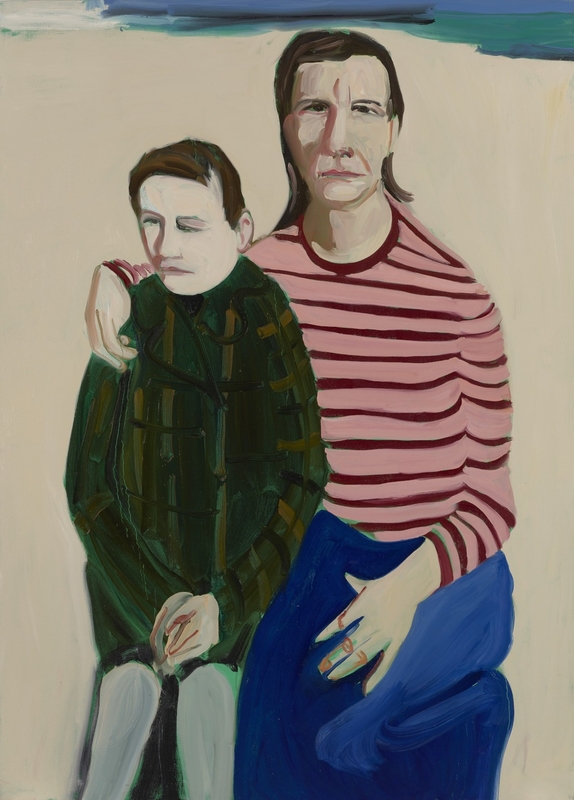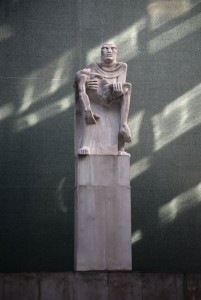In Glasgow's Kelvingrove Art Gallery and Museum, on the upper balcony, there is a sculpture that takes most viewers by surprise.
Cast in bronze, the sculpture shows a couple lying together on a soft bed, heads resting on a pillow with hair splayed around them. One figure lies flat on their back, knee bent upwards – the other dozing figure, tuned on their right side, reaches their left arm around their partner, their head cradled into their partner's shoulder. The sleeping pair are encompassed in a bedsheet, draped and twisted around their legs, revealing their feet and toes touching.
Memorial of a Marriage
(detail), 2004, bronze sculpture by Patricia Cronin (b.1963) 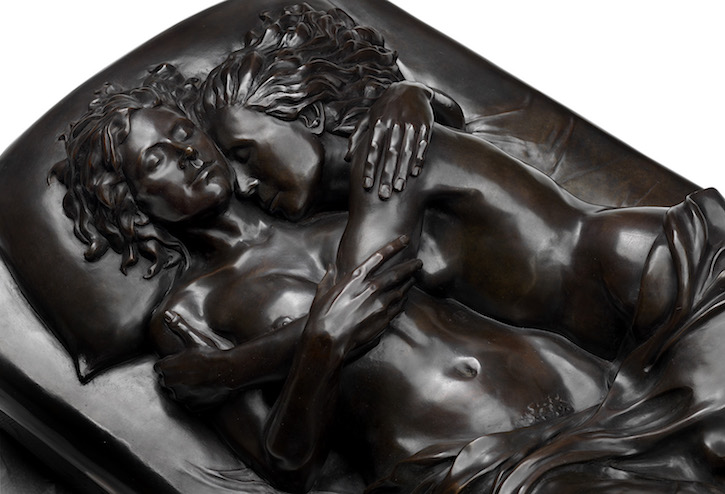
What is it that makes most viewers double take when they encounter this sculpture? The figures lying intimately together are both women. The reason that viewers stop in their tracks is, more often than not, because their unconscious, heteronormative bias has been momentarily disrupted. In a sculpture of such inherent classical form, they expect to see a man and woman lying together. Instead, they are confronted with something quite different from their expectations.
I have seen this reaction again and again while taking visitors around the halls of Kelvingrove or even just people-watching. For this sculpture was made to provoke a reaction. It was created to challenge and confront heteronormativity, bias, and LGBTQ+ discrimination. Every double take proves the power of this sculpture.
Memorial of a Marriage
(detail), 2004, bronze sculpture by Patricia Cronin (b.1963) 
Entitled Memorial to a Marriage, this sculpture was cast by American artist Patricia Cronin in 2004, and depicts herself and her partner, fellow artist Deborah Kass, lying in bed, embraced in each other's arms. In 2004, when this bronze version was made, same-sex marriage was illegal in the United States of America. At this time, the only way in which Cronin's and Kass's relationship could be legally recognised was through documents such as wills or health care provisions that would only be enacted if either of them died.
As it was only in death that their relationship could be 'recognised' in law, Cronin decided to create Memorial to a Marriage for her personal burial plot in Woodlawn Cemetery in the Bronx, New York – a funerary 'memorial' to her relationship with Kass. The original sculpture was carved in marble and installed in the cemetery in 2002.
In 2009 Glasgow Museums held the exhibition 'sh[OUT]' at the Gallery of Modern Art – a radical and thought-provoking exhibition that explored the power of contemporary art and human rights with a focus on lesbian, gay, bisexual, transgender and intersex art and culture.
In the exhibition interpretation, Cronin remarked upon their sculpture and its symbolic meaning: 'The statue addresses issues of lesbian invisibility, gay marriage, love and loss, power and status. In this sculpture I chose a nationalist form – nineteenth-century American Neoclassical sculpture – to address what I consider a federal failure. In death I make official my "marriage" which is still not legal while we are alive.'
On 24th July 2011, same-sex marriage was legalised in the state of New York, and Cronin and Kass married on this same day. A bronze version replaced the marble sculpture in September of that year to protect the original marble from air pollution. Today, the sculpture is the first and only Marriage Equality Monument in the world, for everyone to see, free of charge in Woodlawn Cemetery.
Memorial of a Marriage
(detail), 2004, bronze sculpture by Patricia Cronin (b.1963) 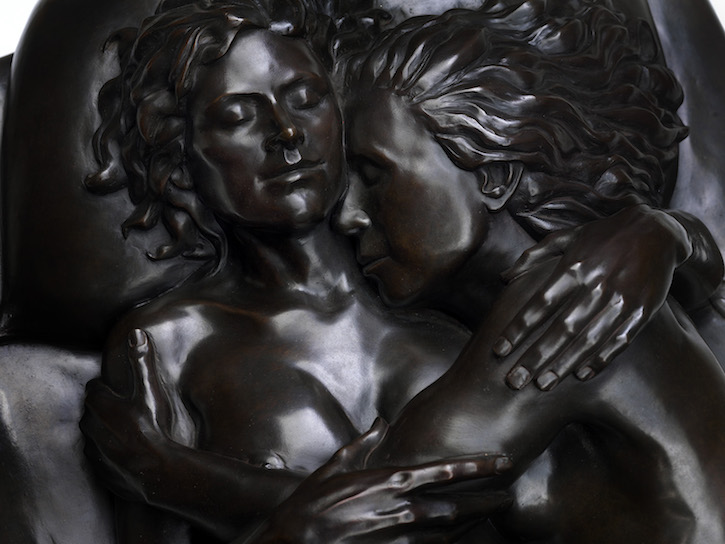
The version owned by Glasgow Museums was cast by Cronin from the original marble sculpture but at a smaller two-third scale. After featuring in the 2009 exhibition 'sh[OUT]', the sculpture now has a permanent home in Kelvingrove Art Gallery and Museum where it has continued to be at the centre of Glasgow Museums' LGBTQ+ activism.
Cronin has continued to be active with the display and interpretation of Memorial to a Marriage, giving continued support to Glasgow Museums' ongoing work to reveal LGBTQ+ histories within our collection.
View this post on Instagram
Most recently, Cronin granted permission for Memorial to a Marriage to feature as part of Glasgow Museums' new online school topic 'LGBTQ+ Histories and Experiences'.
Featured on the Glasgow Museums Collections Navigator website, the topic brings together objects from Glasgow Museums' collections that reveal LGBTQ+ histories. The Scottish Government has made a commitment to include LGBTQ+ inclusive education in the Scottish Curriculum for Excellence by 2021, so this topic has been developed to support this learning in the classroom. Memorial to a Marriage is an important and poignant work to feature in the topic, allowing teachers and pupils to discuss LGBTQ+ visibility, activism, and human rights.
Memorial to a Marriage
2004, bronze sculpture by Patricia Cronin (b.1963) 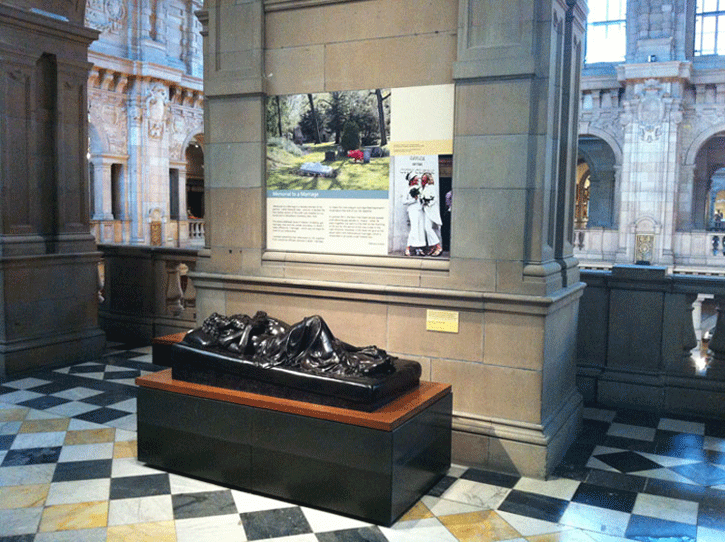
The sculpture is often the last stop I take visitors to on our LGBTQ+ History tours at Kelvingrove. I have seen an endless spectrum of reactions to this sculpture from our tour attendees – tears, quiet resignation, anger at the injustice it represents, excitement, joy – it constantly continues to inspire and provoke.
I have seen the faces of LGBTQ+ young people light up when suddenly they realise there is something in the museum that represents them. And there are many visitors passing by, who, after their initial double take, choose to stop, engage and reflect over the sleeping bronze forms of Cronin and Kass. Those visitors become witnesses – not just to a powerful memorial to marriage equality, but to a monument of the beauty of same-sex love and the importance of making this visible.
'LGBT Histories and Experiences' – Glasgow Museums' online LGBT history school resource can be accessed on the Glasgow Museums Collections Navigator website.
Laura Bauld, Burrell Project Curator
